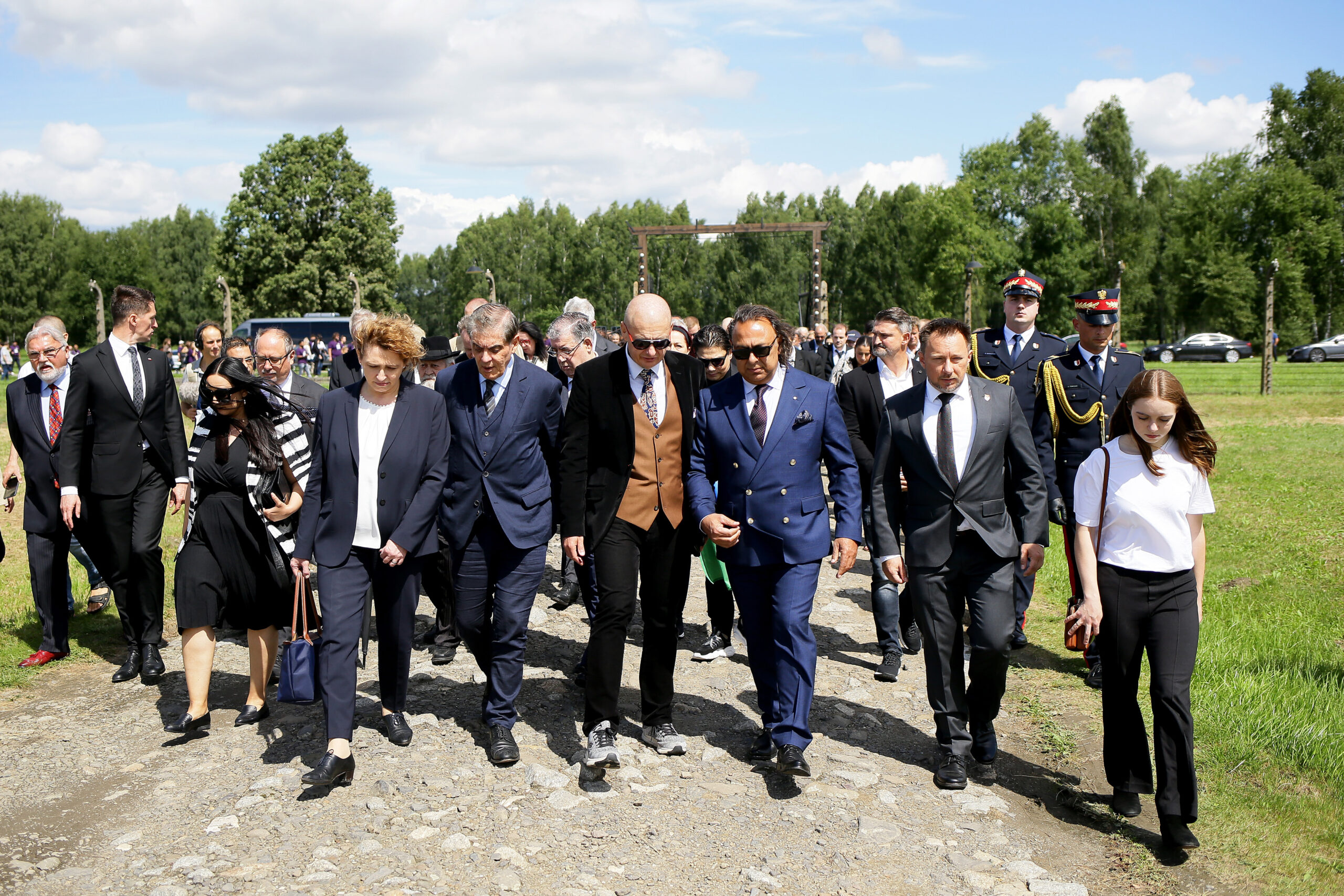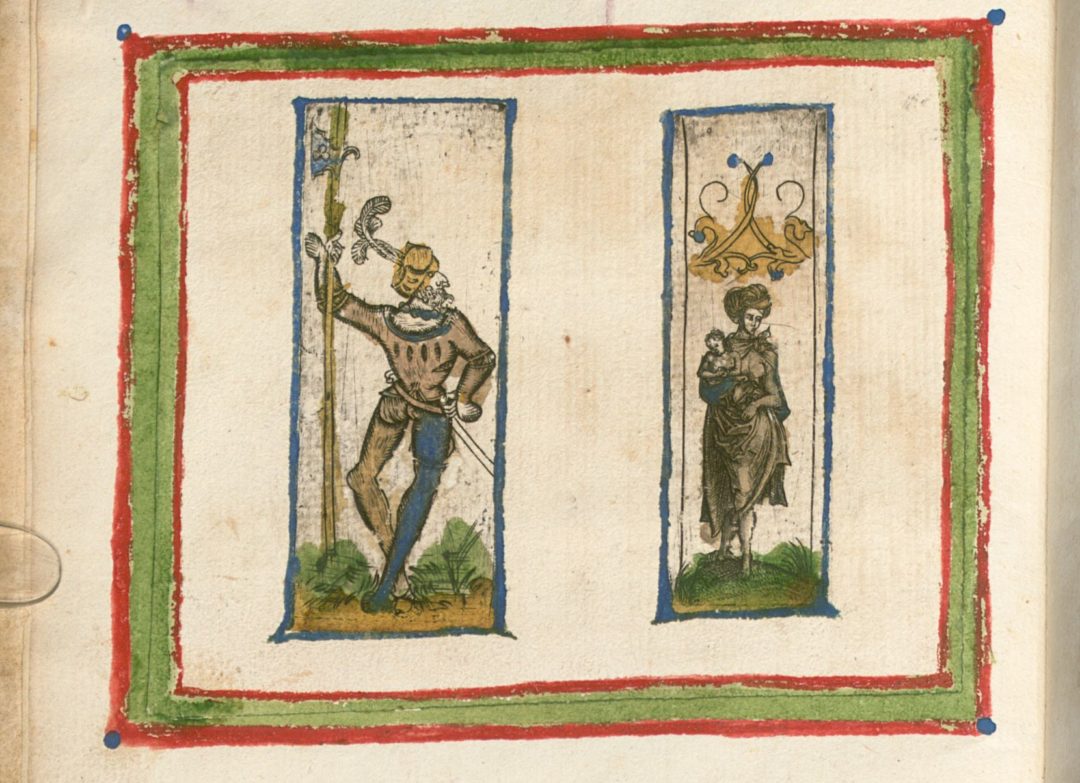Since its foundation, the Documentation and Cultural Center has developed into an important institution for research into the Holocaust against the Sinti and Roma. Despite decades of research, many aspects of the genocide of the Sinti and Roma are still insufficiently researched today. This applies in particular to the murderous actions carried out in Eastern Europe by German units of the Wehrmacht, the SS and the police, sometimes in cooperation with local helpers. Thus, the Documentation Center has initiated studies concerning the persecution of Sinti and Roma in the German-occupied territories in eastern and south-eastern Europe.
Recently, the Center has intensified its focus on the history of Sinti and Roma in Europe, which goes back to the Middle Ages. The earliest documented reference of Sinti and Roma in the German-speaking world dates back to 1407 and members of the minority have been living in Europe for about a millennium. Nevertheless, the early history of the minority has been insufficiently investigated so far. Through exhibitions and publications on the history of the minority in the early modern period, among other things, the Documentation Center contributes to the research on this period, which is central to the history of the minority.
One difficulty in researching the history of Sinti and Roma is the lack of easily accessible source collections. By collecting relevant sources and working on editions of source materials, the Documentation Center aims to reduce these obstacles. For this purpose, the Center is in constant exchange with local, regional and national archives and research facilities.





